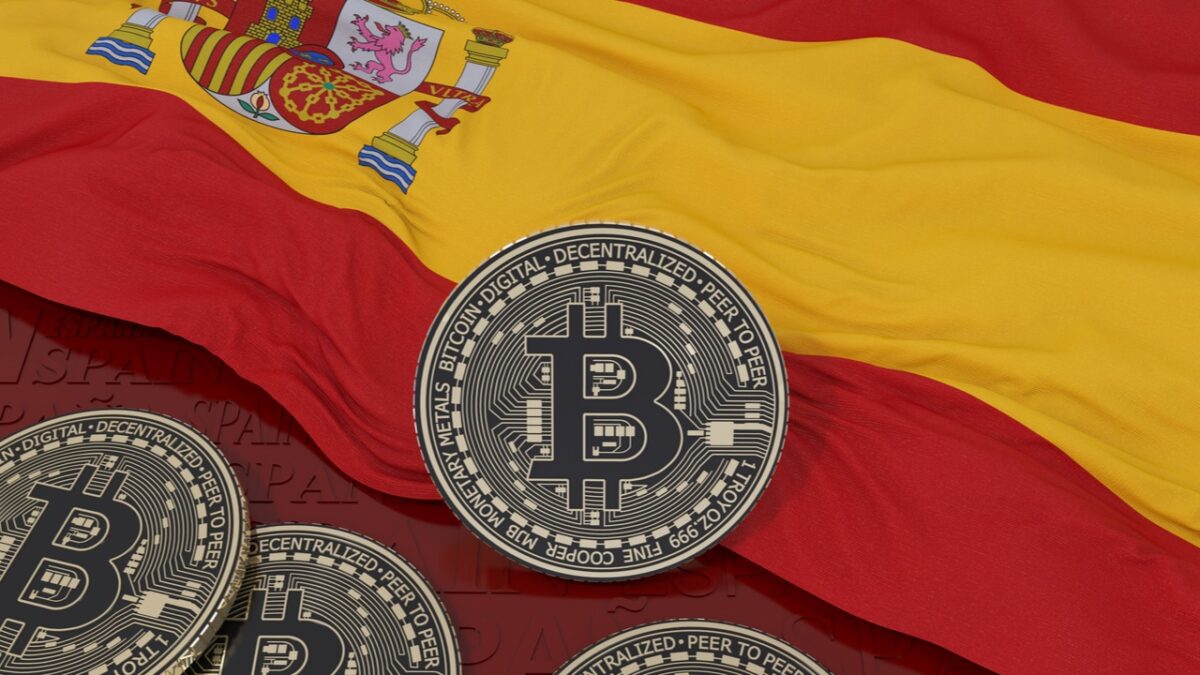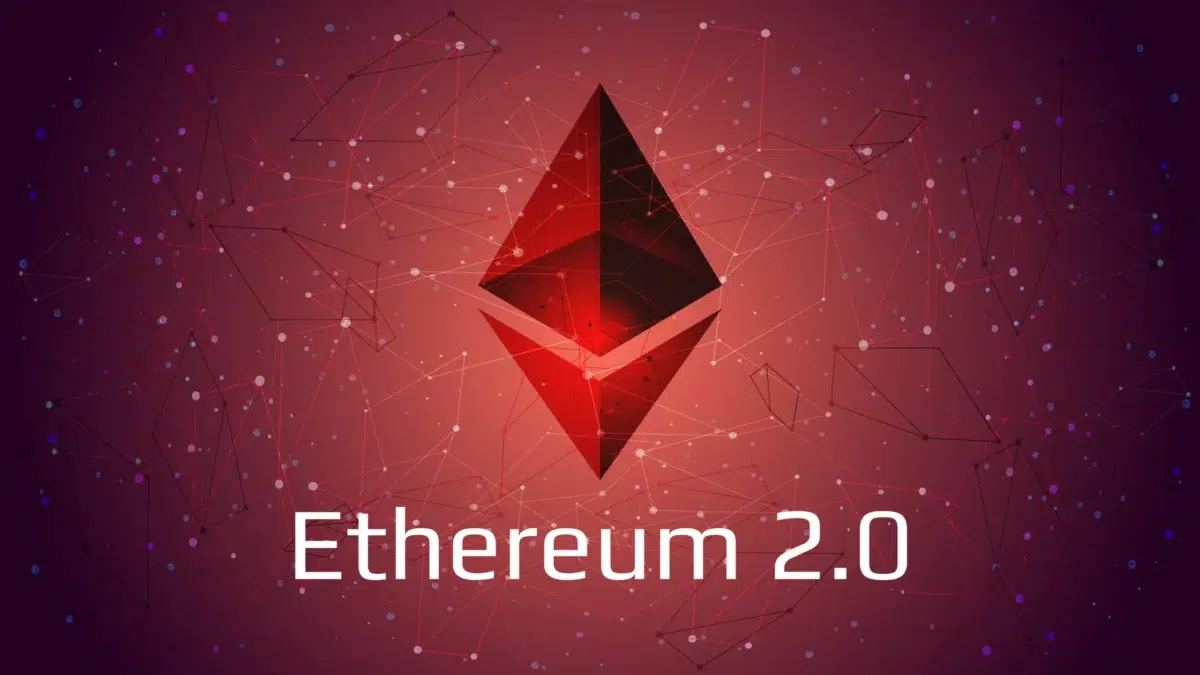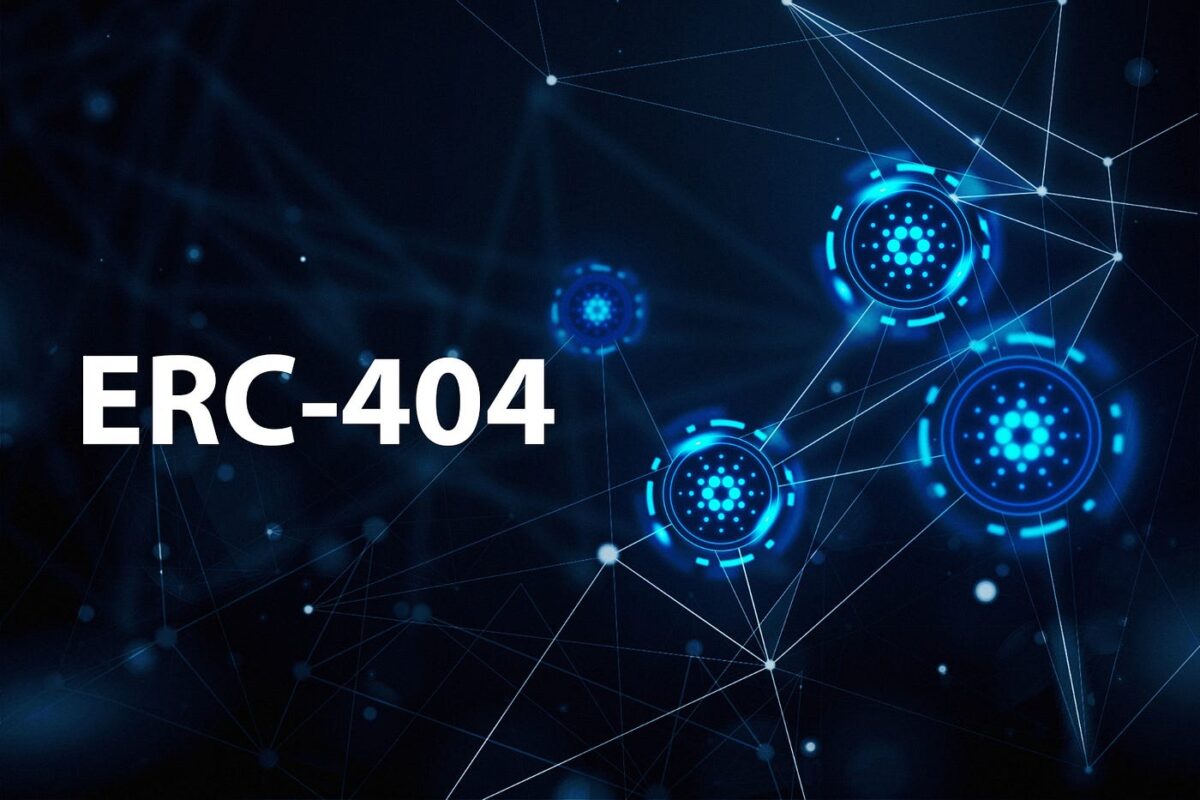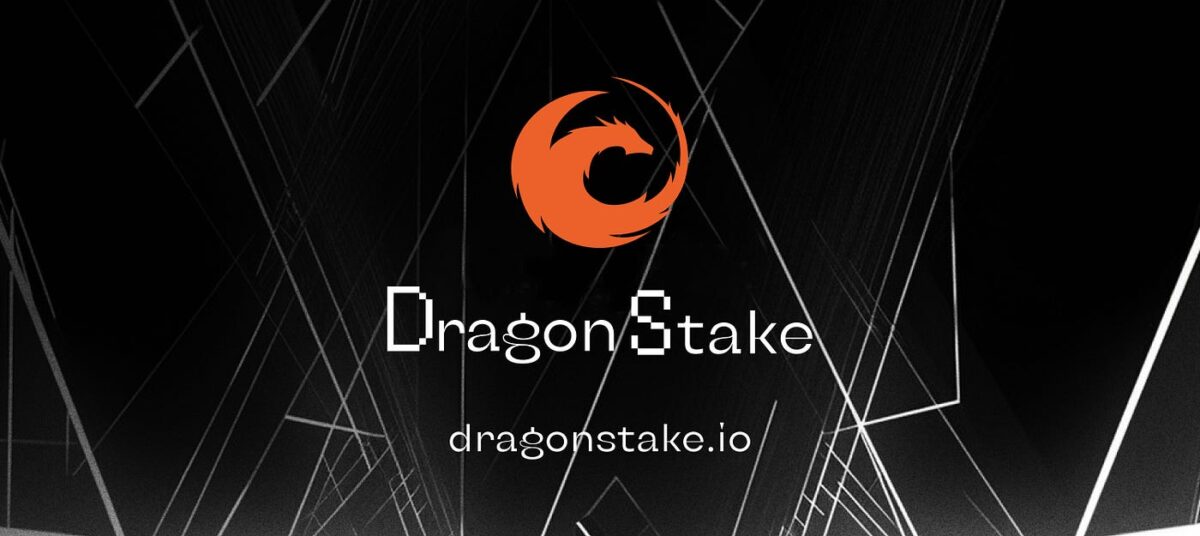Ethereum 2.0 (also called Serenity) has been with us since the December 2020 launch of the Beacon Chain. However, we will have to wait a little longer for the full implementation of ETH 2.0. If you are looking for a major catalyst that can boost the price of Ether (ETH), the native cryptocurrency of the Ethereum network, the launch of Ethereum 2.0 may be the case. be the most important event that the eternal second-best of the Bitcoin world has ever experienced. In this article we tell you all the information you need to know about Ethereum 2.0: details, release date and possible price.
What is Ethereum 2.0?
Ethereum 2.0 is a set of improvements that are being carried out on the Ethereum blockchain to make the network more efficient, fast, cheap, scalable, secure and sustainable. These updates have actually been in development since 2014 and represent a major transition for the world's second most popular cryptocurrency. Let's take a look at what Serenity, or Ethereum 2.0, is and when updates might go live.
For those who are completely new to the world of cryptocurrencies and blockchain, Ethereum is a decentralized network powered by blockchain technology for making digital payments. As we explain in this article about tokens and altcoins, ETH differs from Bitcoin (BTC) in that the code can be built and programmed on its own network, the Ethereum blockchain network, to create smart contracts and decentralized applications that run constantly, and that cannot be manipulated or controlled by a third party. This group also includes tokens and the sadly famous shitcoins/ scam that have recently rocked the crypto world.
Is Ethereum 2.0 going to be a new cryptocurrency?
Ethereum 2.0 is not going to be a new cryptocurrency. It is simply the name used to refer to the ETH network upgrade. The Ethereum 2.0 updates, the release of which could come as early as the second half of 2021, will attempt to greatly improve the network. As Ether and Ethereum have grown in popularity, the network has become more bogged down by transactions. Currently, the ETH network can handle between 15 and 45 transactions per second, which seems impressive, but insufficient. It has been amply demonstrated that this management capacity of the Ethereum network is insufficient to manage all Ethereum users around the world. High demand is also driving up gas (that is, rates) for transactions.
Ethereum 2.0: current and future price
El white paper Ethereum was published in 2013 and the project was officially launched in 2015. Ethereum is a community-driven open source project and has evolved quite a bit since its inception. Like Bitcoin, Ethereum is a decentralized, peer-to-peer network that rejects censorship and surveillance. The objective of the project is to allow access to financial services and commerce for all. In particular, Ethereum is currently the most widely used blockchain in the world. In 2021 it has experienced devastating growth.
The price of Ethereum rose from $ 102 in March 2020 to a peak of $ 4300 in May 2021, to stand at the current 2140 in July 2021, at which time we wrote this article. Ethereum future price predictions for 2022 range from $ 2.000 to $ 2.0. Most analysts agree that the launch of Ethereum XNUMX. it will be an important catalyst that will drive the price of ETH. The question is: will this boost in the price of ETH or will it only be a momentary rise? Will the FOMO win or will the FUD win?
One of the main initiatives of Ethereum 2.0 is to make the network more scalable so that it can handle all network activity. Today, Ethereum, like many other blockchain networks, works with nodes, which are any device connected to the blockchain, including servers, computers, and mobile phones. The nodes are interconnected and data is constantly being exchanged to keep the network up-to-date. But nodes on the Ethereum network currently have too much volume and the developers working on the upgrade have determined that making the nodes larger would not be practical.
Ethereum 2.0 presentation
To alleviate some of the pressure, the developers of ETH 2.0. are turning to a concept called sharding which will create 64 new chains on the Ethereum network to further spread the volume. In essence, this mechanism will take the huge amount of data that is currently stored in Ethereum nodes and divide it into smaller groups that will be stored in more databases, relieving pressure on the current system and allowing more transactions to be carried out. per second.
Ethereum 2.0 and fragmentation
The fragmentation part of the process is very important and it will also make the network more secure and sustainable. Fragmentation will allow ordinary users to operate Ethereum on a personal device, increasing network participants and making the Ethereum blockchain more decentralized because there will be more users. The more users and the more nodes, the more complex it will be for hackers to take over a large part of the network.
Ethereum 2.0 staking: goodbye to mining
With more participants in the network, Ethereum 2.0 also plans to sideline token mining, which consumes a lot of energy, to go through a process called staking. A large part of cryptocurrency has always been a concept called mining, in which people trying to obtain new tokens use high-powered computers to solve complex mathematical equations very quickly. As the demand for cryptocurrencies has increased, miners have had to use an incredible amount of computing power and therefore energy to mint new tokens. Here's one of the biggest possible revolutions - crypto mining may soon become a thing of the past. In fact, in July of this year we learned that there are already six million ETH in Ethereum 2.0 staking.
With ETH 2.0, sharding will help eliminate mining. Instead, Ethereum 2.0 will resort to staking, a process in which Ether owners store a certain number of tokens in a crypto portfolio on their own personal device, and then use those tokens to validate and forge new Ether tokens. This same month we have learned that a Swiss bank is already offering staking of ETH 2.0. The transition to Ethereum 2.0 could make the network almost 100% more energy efficient.
Lastly, once all of these enhancements are underway, Ethereum will be able to do a wide rollout of smart contract execution. Smart contracts are scheduled and automated contracts that cannot be modified retroactively and are executed without the need for a third party to do so. For example, a smart contract could be set up to run a lease between a landlord and a tenant, where a contract is signed and then the tenant's money is automatically delivered to the landlord each month, without the usual friction in these relationships.
ETH 2.0: where is the process at?
Although it has been in research and development since 2014, Ethereum 2.0 has been moving forward slowly, slowly but surely.
1.Beacon Chain
In December 2020, phase 0 was launched, starring the Beacon Chain, which introduced the concept of staking. However, the Beacon chain will not actually be usable until the other parts of the transition go live, hence it is called "phase 0" of the plan.
2. Integration of Beacon Chain with Ethereum Blockchain
The next phase, phase 1, will consist of merging the Beacon Chain with the current Ethereum blockchain network, known as the mainnet. When this happens, Ethereum token mining will officially end and staking will become the main way to create new tokens.
3. Increased capacity of the Ethereum 2.0 network
The last part of the transition, which is expected to unfold in multiple phases, is the addition of the chunk chains to give the Ethereum network more capacity to handle all the demand and increase transactions per second. This is expected to occur sometime in 2022, although it is currently unknown when. The launch of the Beacon chain represented a major milestone and Ethereum developers appear to be motivated and on track to complete the full transition, but it has been a long road and there is still a fair amount of uncertainty surrounding the timing.
Eth 2.0: When will phase 1 be released?
The full launch of Ethereum 2.0 is supposed to be. It will occur in the second half of 2021, but may not occur until 2022. When it does, the Beacon chain will have full functionality. The Ethereum 1 phase 2.0 update will divide the Ethereum blockchain into 64 chunk chains, allowing parallel processing to reduce latency that occurs in linear processing with a single blockchain.
When sharding is fully implemented, the Beacon chain will finally serve as the base layer of the Ethereum blockchain., providing the settlement and finality of the transactions that take place in the chunk chains. However, these Phase 0 and Phase 1 features will not work together until the following phases: Phase 1.5 and Phase 2.
Ethereum 2.0: will it be worth the wait?
If run properly, Ethereum 2.0 could totally change the rules of the game. It will create a network that could process 100.000 transactions per second. It will also create a much more sustainable network without the energy intensive use of mining and introduce smart contracts to the wider world, increasing the utility of Ethereum in the real world. Furthermore, Ethereum co-founder Vitalik Buterin has said that the issuance of new tokens should be significantly reduced with Ethereum 2.0, which could increase demand. Considering all these factors, the wait for Ethereum 2.0 should be worth it.
Is Ethereum 2.0 going to be a disappointment?
In a recent interview with Forkast news, Vitalik Buterin, the brilliant mind behind the Ethereum blockchain, indicated that employees working with Ethereum are posing a greater challenge than the platform itself. According to a recent CoinTelegraph article, as attractive as the new startup may seem, software updates to be applied will not resolve the long-term problems of the network that have prevented it from reaching the heights that Buterin and his followers had envisioned.
Ethereum currently uses a proof-of-work (PoW) method that only allows about 15 transactions per second - roughly twice the speed of the Bitcoin (BTC) blockchain - and is largely considered unfeasible for establishing a decentralized financial ecosystem (DeFi). ) on a large scale. As a result, Ethereum's gas fees are quite steep. Since there are so few transactions per second, the cost of processing them faster becomes competitive. According to Dune Analytics, between 2 and 5% of transactions on Ethereum-based decentralized exchanges (DEX) failed due to issues such as low gas prices.
ETH 2.0 problems
The latest changes to Ethereum are intended to be more environmentally friendly while speeding up transaction processing. In addition to these improvements, the blockchain programming language is expected to evolve from the standard Ethereum virtual machine (EVM) to one that can be used by developers using C ++ or Rust, facilitating coding directly in a browser. . While infrastructure improvements can be helpful in certain ways, such as increasing transaction throughput, they fall short in others, according to CoinTelegraph.
For starters, Ethereum 2.0 has been in development for years, making many users wonder when the full update will be available. Although proof-of-stake is designed to reduce mining costs and energy consumption, network performance can only increase if block times and / or block sizes are reduced. . Also, sharding is only useful for applications that can function independently and only need to sync occasionally. According to CoinTelegraph:
"Due to the inherently decentralized and open source nature of DeFi, sharding-style processing would require transactions to be routed through a relay chain, which would slow down the entire process."
Also, when it comes to user experience, Ethereum is still far behind, something the Eth 2.0 update has yet to fix. Although Ethereum says it will release enhancements that would aid transaction processing speed and high gas rates, the foundation shows a clear disregard for design and usability concerns. If they are taken into account, This would allow a greater number of users to benefit from Ethereum's easy-to-use interface.
Cointelegraph skeptical of the problems of the new Ethereum
Another challenge CoinTelegraph points to is that current transactions have long confirmation periods, which generally results in delays, sending asynchronous transactions and confirmation messages, in addition to persistent gas rate parameter difficulties. Often times, the user does not receive confirmation immediately after completing a transaction, which makes you not know if the recipient has received the transaction or not. This is a strange and frustrating user experience for people who are used to quick results on the web, such as in e-commerce situations. It really does seem like a challenge that ETH 2.0 is going to be able to fix this.
Ethereum may be the blockchain world's favorite crypto (thanks to its greater utility than Bitcoin), but CoinTelegraph points out that the fuss that Ethereum's long-awaited update is raising may be a bit of a stretch and with oversized expectations. It is unclear if the planned changes will be able to keep the promises of top executives at the Ethereum Foundation. "It is unlikely that Eth 2.0 will make a substantial difference to anyone outside the Ethereum community, unless Ethereum can solve some of the most important concerns that arise," they say from the cryptocurrency website, and they sentence: " At the moment, Ethereum 2.0 is more of a cosmetic tweak than a much-needed game changer. "
China blocks Binance and continues its war on crypto by shutting down a company and an NGO
Ethereum User Experience: Much room for improvement
Poor user experience (UX) design is another major issue facing the Ethereum platform, although it is generally overlooked. As a result, most users who might be interested in using decentralized financial applications (DApps) or a non-fungible token market (NFT), for example, will avoid doing so because most user interfaces are not only unintuitive, but also lack sufficient educational resources to teach users to use the platform.
Users are expected to specify transaction fees and gas restrictions for the processing of gas price transactions. Yet how many consumers are aware of this without delving into the depths of cryptocurrency jargon and data? According to Insider Intelligence, 25% of adults in the United States do not understand or know how to invest in digital currencies. Without access to the proper educational tools, How are users supposed to know, for example, that making a payment from two different wallets to the same receiving address would not cause a nonces conflict? The vast majority of frequent users would, in all likelihood, be completely unaware of this issue to begin with.










